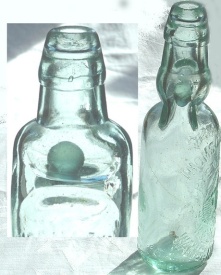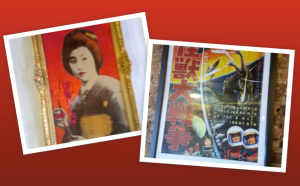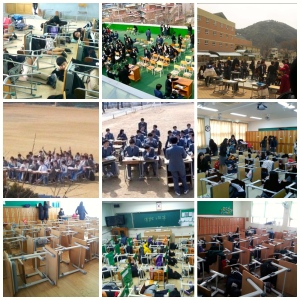Hi again~ This is a continuation to my previous post in which I talked about my experiences as a female Muslim foreigner living in Beijing for a year. I mentioned previously that I would be sharing some photos of some of the mosques I visited in Beijing, so this post shall be a compilation of those photos as well as some others that bear relevance.
The first series of photos were taken at the mosque in 东四 Dongsi. I was in the area with a friend and we happened to walk past the mosque in the evening. It looked closed from the outside but it was the first mosque I had seen in Beijing and was excited to see inside. The groundskeeper then saw us and was also excited about showing us around the mosque so that he could share his appreciation of it with me.
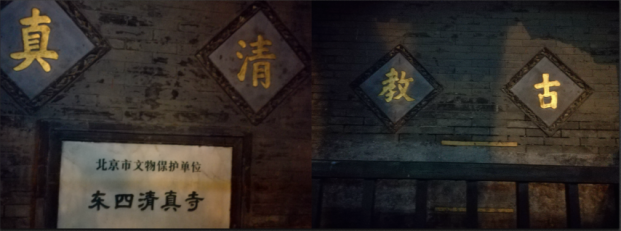
Signs outside the entrance stating the location and name of the mosque, ‘halal’ and ‘ancient teaching’
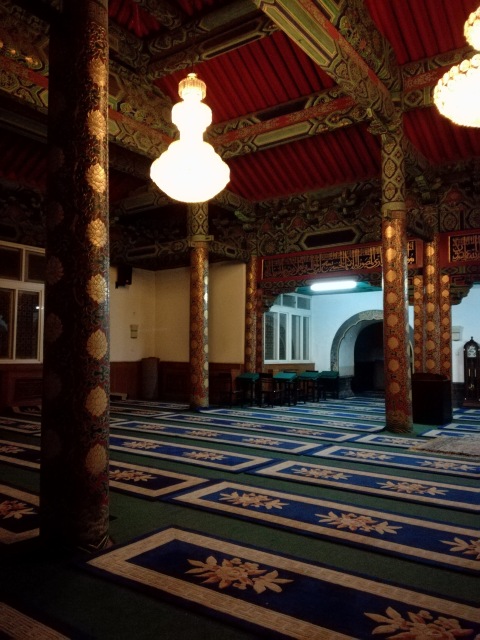
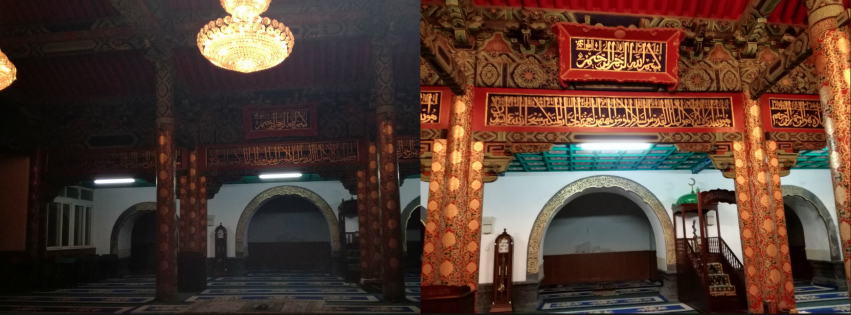
Inside one of the prayer rooms
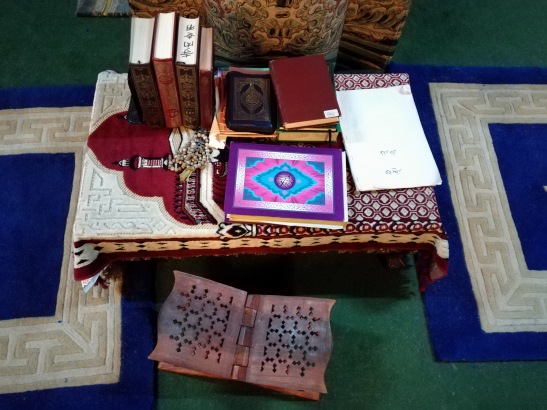
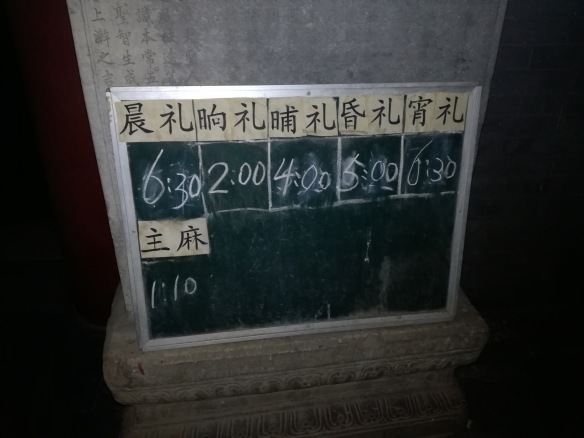
Daily prayer times in Chinese
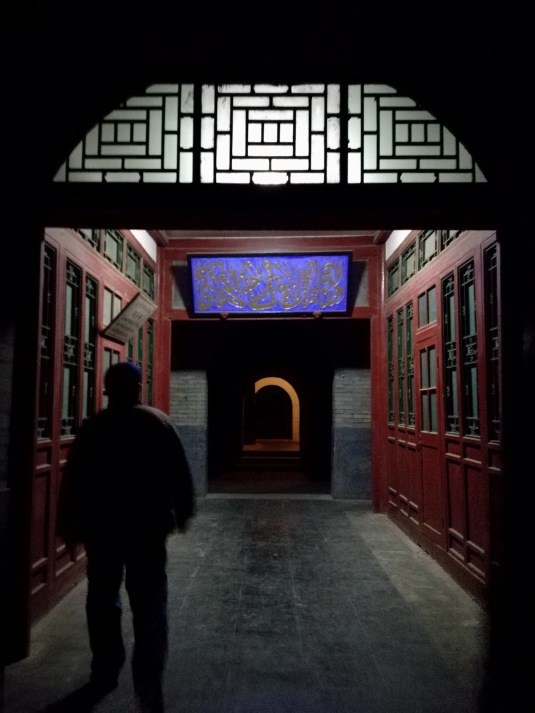
The groundskeeper giving us a tour
The second series of the photos are from the mosque in 牛街 Niujie, the largest mosque in China. Niujie is known as some as being the Muslim district of Beijing as it has the most Halal restaurants, and shops close together in one area. This visit took place a week or so before the commencement of Ramadan and it was in one of the Islamic shops that I found a Ramadan timetable. Niujie translates to ‘Oxen St’ which I found ironic as the area became a place of significance for myself, and the name reminded me of ‘Oxford St’ in London, the city that I live in.’Ox’ in general now reminds me of Oxford which is where I study. So it made me think of three places I was living in at the time (but not at the same time of course). I happened to visit with the same friend as last time.
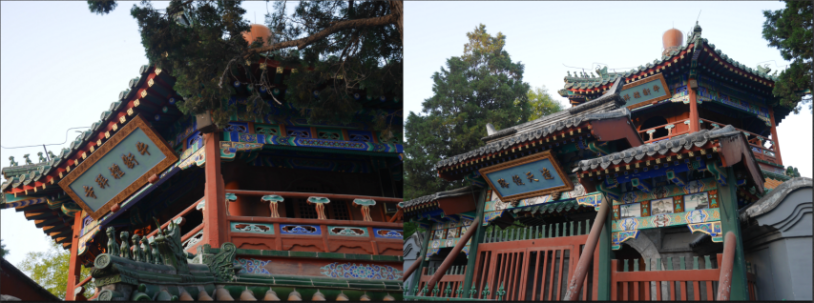
External view of the mosque in Niujie

Sign on the left introduces the name of the mosque. The poster on the right is a prayer timetable written in Chinese and Persian
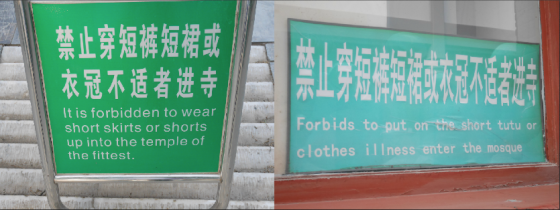
Due to the regulation my friend was given a some cloth that was wrapped into a long skirt to cover her exposed legs
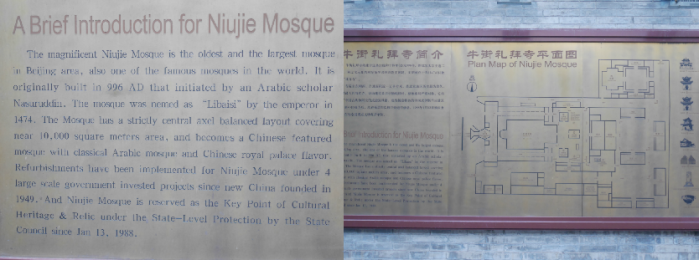
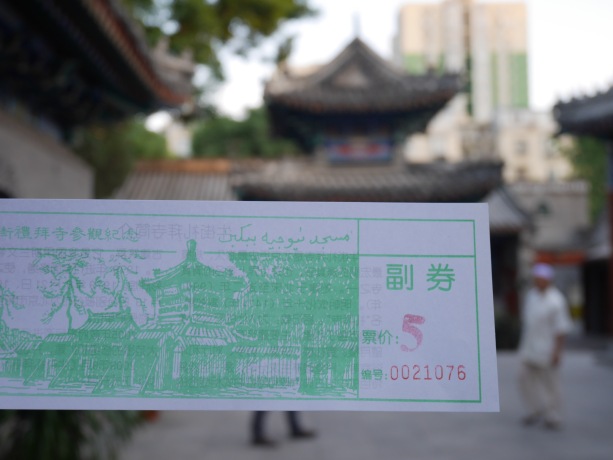
The gatekeeper granted my friend and I free entry but I purchased a ticket as a form of support
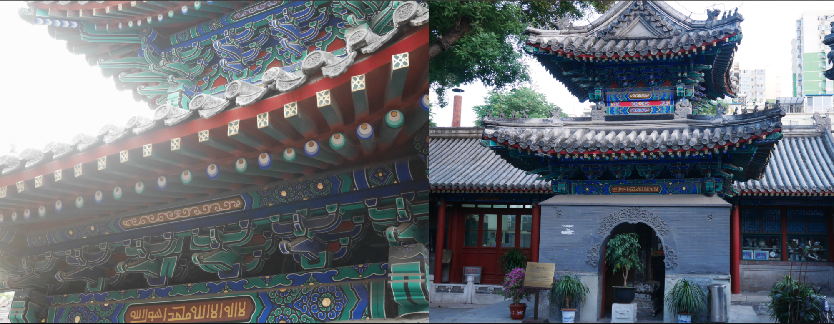
One of the inner pavilions
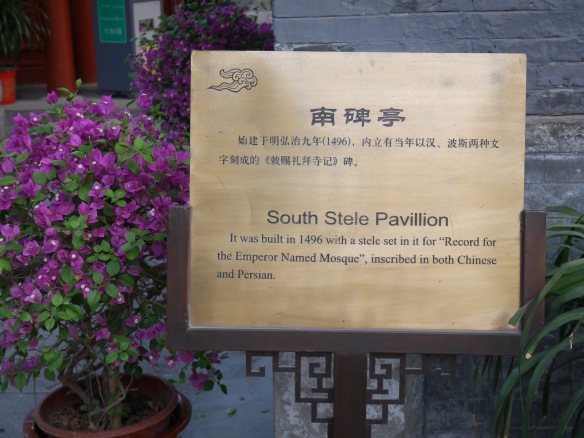
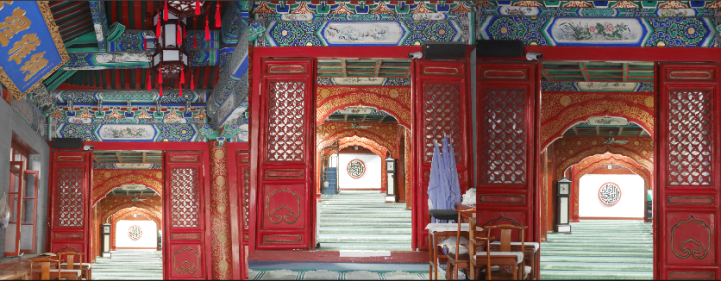
Views into the men’s prayer hall
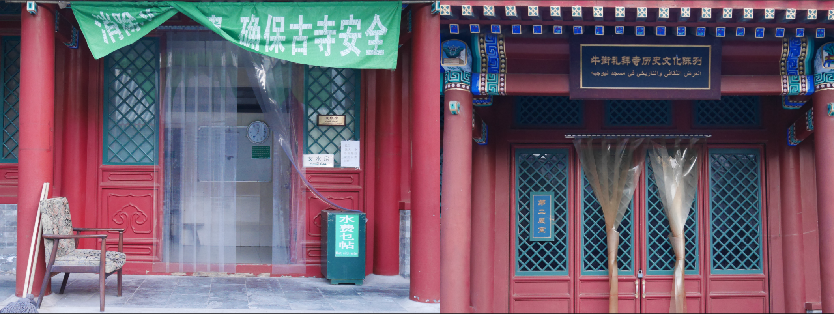
Other rooms in the mosque
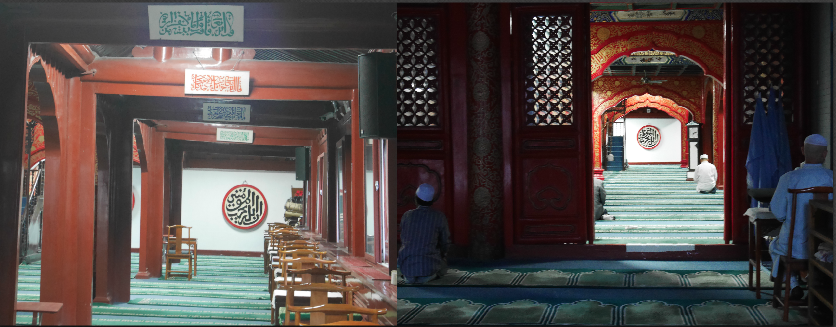
Men performing the evening prayer in the hall
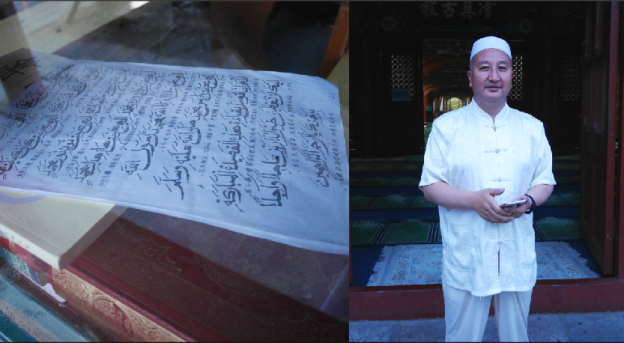
Left: holy scripture. Right: Man attending the mosque for prayers.
The final photos I have chosen to include make up the “+” in the title.
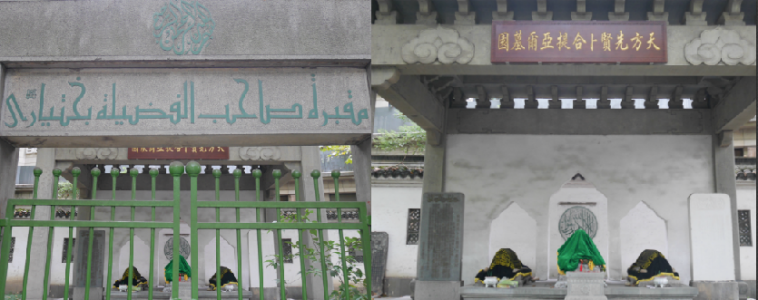
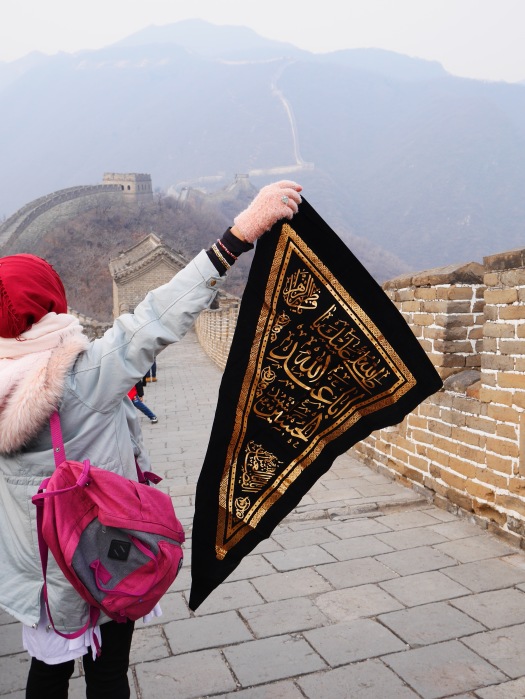
Photo of me at the Great Wall of China with the flag of Imam Hussain (a.s)
You may have to zoom in to see the details in some of the earlier photos. I was very happy to look back at these.☺️
I wanted to add that a few days after posting my last piece I changed the title from “The Funeral of Muslims” to “The Funeral of a Muslim”. It’s a very subtle difference but I altered the title due some translations I came across for the novel by Huo Da that my post was based on. The title of her novel 穆斯林的葬礼 was mostly translated as ‘The Funeral of a Muslim’, whereas my translation was a more broad interpretation. As I said previously, the title I chose was symbolic to my experiences in Beijing and once I changed the title it felt like an eery fate as the story became even more personal. You could try to explore the significance of the new title in terms of it’s literal and symbolic meaning, but I at least know what it means to me. Lastly I’m thankful and glad that the post was so well received and was able to dispel a few common misconceptions about Islam.
I really appreciate the fusion of Persian and Chinese architecture in the mosques I visited in Beijing. This design was perhaps most prominently featured at the mosque in 牛街 niu jie and I recommend you visiting the area if you go to Beijing. Let me know what you think of the photos I shared and take care of yourself till we next cross paths.💜
If you create a slideshow, good luck 世界.
此致敬礼 – From Xinyan.


